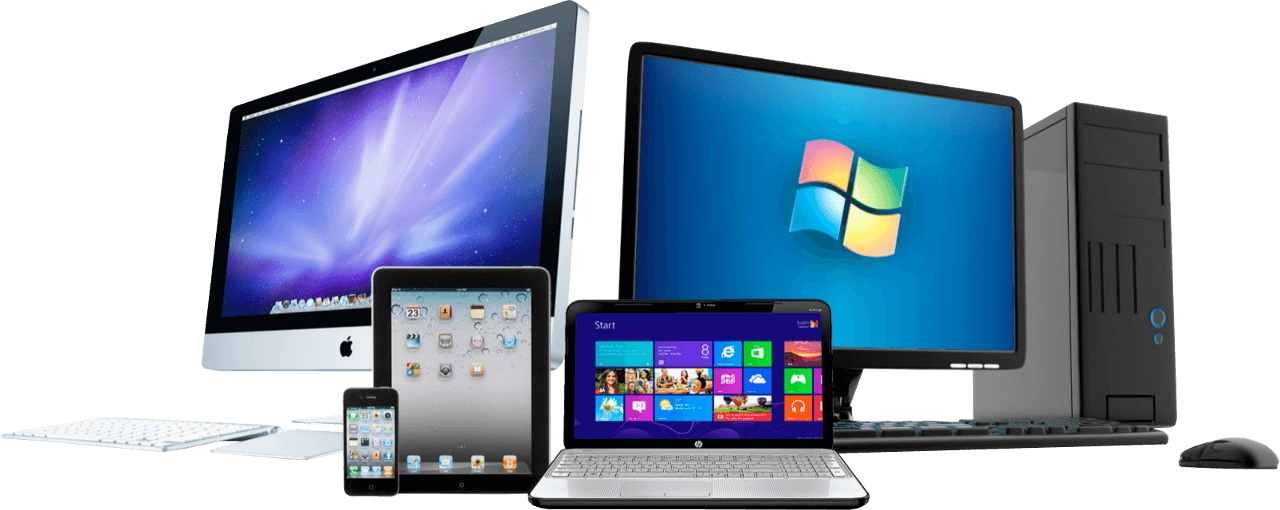
You have likely owned at least one or two desktop computers in your lifetime. But when all is said and done, what do you actually know about them? There are many things that you may not have known. Lots of great information is available here.
Always be sure to have software to protect your computer from viruses. Running without antivirus support can leave you vulnerable to malicious software invading your system. These viruses can really slow down your desktop, and they put you in jeopardy of sharing private information. Many of the programs run scans and repairs your computer regularly when you set it right.
Look for great deals on desktop computers. People are replacing their desktops with laptops, therefore their older but still functional computers are being sold for a song. These computers are usually in good shape. However, before you actually buy, make sure that everything is in working order.
A boot check is important if your speeds are less than optimal. Begin at the start menu, and pick “ms config”. This menu lets you see exactly what programs all start at the boot point of your machine restarting. Stop programs that you aren’t using from launching at start-up. You should see a difference with your computer running more quickly afterward.
When you are building your own computer, be mindful of what parts you use. Certain motherboards only work with particular processors. Some RAM units only work with particular motherboards. You must verify compatibility across all of the components you purchase. This will save you a lot of time, money, and headaches when building your own desktop computer.
Take measurements of the space where the desktop will be kept. Computers have different sizes based on make and model. Some have small profiles, and some use a great deal of vertical space. Be aware of your space limitations before you make your purchase.
Try to buy the desktop computer that you can afford with just the features that you need. Lots of folks make the mistake of looking for computers that are too expensive and too advanced for their needs. You can pay much less if you are careful about the components and features you choose.
If you’re considering a Mac desktop but have PC programs, consider getting Parallels. This will let you run a PC OS on your Mac. That means any PC software you have can be run on your Mac. You will, however, have to separately purchase the needed PC operating system that goes with it.
Know where to find manuals for your new computer, especially if they are online. Be sure online information is sufficient, and that you’re going to be OK getting the software and driver downloads you need.
Does the computer have enough memory? This is a vital aspect of a new computer. Are you planning to store a great deal of data on the computer? Are you a constant picture-taker? These are things you need to take into consideration when buying a new computer.
Many things have changed, and ready-made desktops are usually cheaper. You can get a great computer for under 500 dollars. Always make sure you are buying from a reputable store that is willing to stand behind their products.
Check out prices at a variety of local retailers. Computers can cost a lot of money. You should understand what you need your computer to do. It is important that you are familiar with its hardware. You should look for a balance.
For many years, it was traditional to buy a desktop bundle with monitor, computer and printer together. Do not buy this way. Monitors that are built for a certain computer are more difficult to purchase, since flat-screen TVs do well. If you already own a keyboard and mouse, they work, too.
Use a keyboard that is ergonomically correct with your computer. Some keyboards work better with different types of usage you’ll be making of your desktop computer, and you’ll want to make sure you choose a keyboard that works best for the majority of your computer use. These types of keyboard put less stress on your hands and arms.
There are two separate choices of hard drives, after that there are many different possibilities. The first is called an HDD drive, and it’s known as the common standard. SSD is the newest version of hard drives. The SSD, while operating at more revolutions per minute, is more expensive and usually holds less data.
If you are considering buying a used desktop computer, remember that manufacturers will usually not transfer the warranty to a new owner. This means you will be required to fix whatever happens to the computer. You need to decide if you can stomach this financial risk prior to buying used.
Think about how you use a computer. Create a list of all of the tasks you’d like to accomplish along with a list of things you might also want to do in the future. Make the list as comprehensive as possible.
Most desktops come with WiFi; however, you should ensure the most current WiFi standards are in the computer. The WiFi should be at least level N. It can make a big difference to your web surfing and downloads.
Many computers now come with SSD drives; these boot up much more quickly than others. These solid state drives have the most commonly used apps, programs, and the operating system installed to boot the computer in juts a few seconds. Just make sure you also have a larger data drive to use as a backup in case the drive fails, preventing you from losing everything.
As stated before, you probably have owned at least one desktop in your life. However, before reading this article you weren’t aware. Now it should be easier to understand desktop computers.


